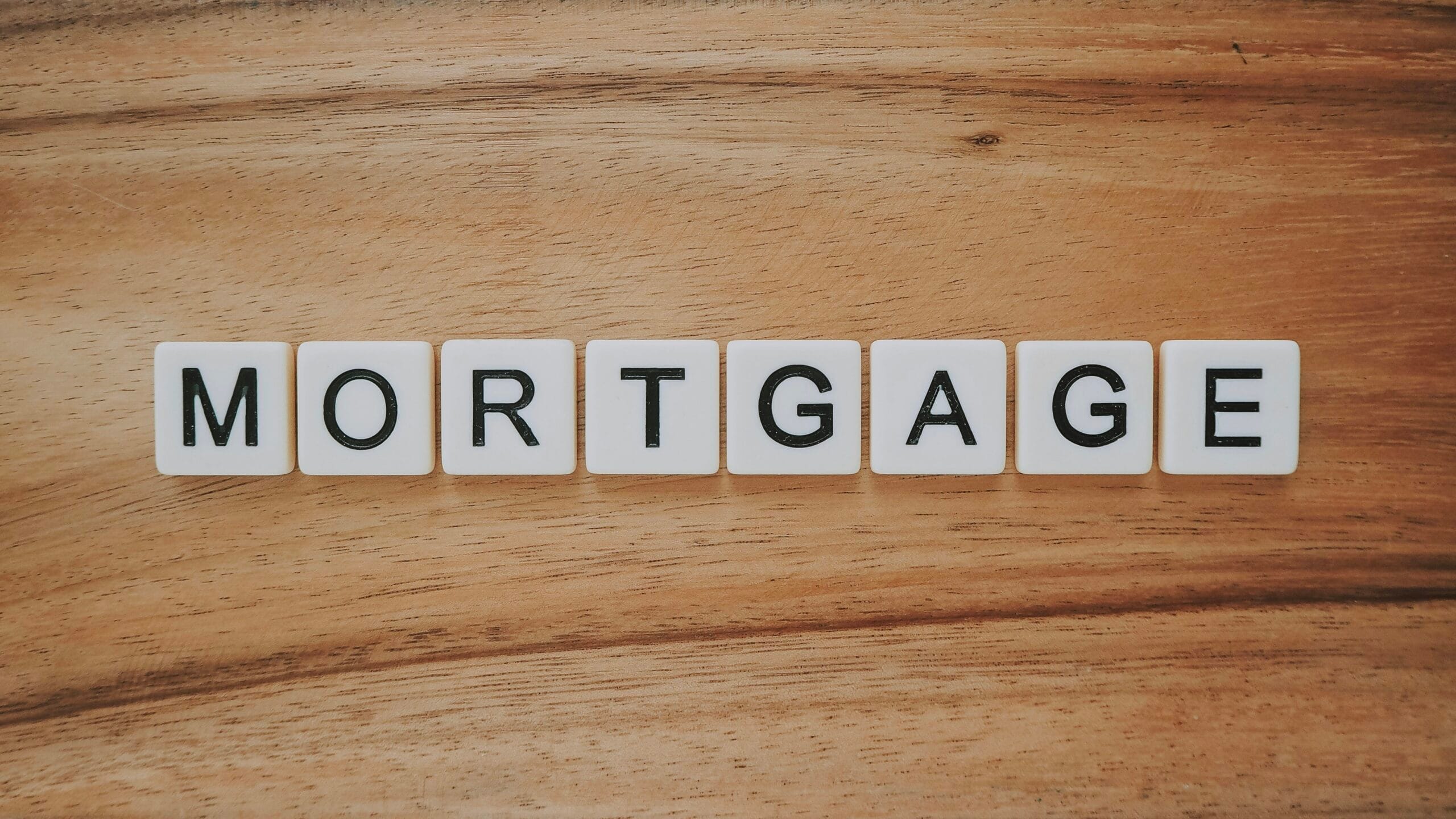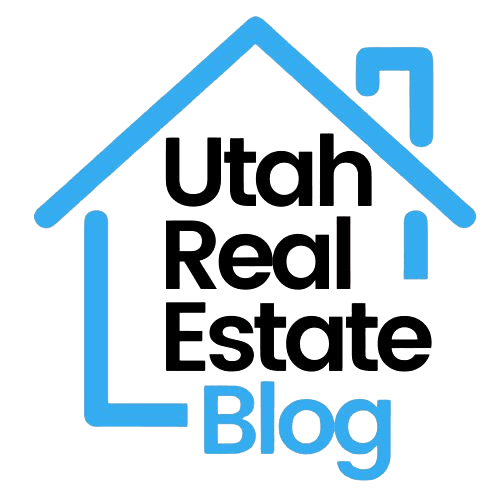What mortgage option is best for us? This question often looms large when we consider the significant financial commitment of buying a home. With the vast array of mortgage products available, finding the right loan can feel overwhelming. In this article, we aim to demystify mortgage options and guide us through making an informed choice that aligns with our financial goals.
The Importance of Understanding Mortgage Options
When we embark on the journey of homeownership, understanding our mortgage options is crucial. A mortgage is not merely a loan; it is a long-term financial decision that affects our budgets, credit ratings, and overall financial health. By comprehending the various types of mortgages available, we empower ourselves to make choices that best suit our needs.

Fixed-Rate Mortgages
One of the most common types of mortgages is the fixed-rate mortgage. In this arrangement, the interest rate remains constant throughout the life of the loan. This stability can be beneficial for us in budgeting and planning our finances.
Benefits of Fixed-Rate Mortgages:
- Predictability: Since the interest rate does not change, we can anticipate our monthly payments and plan our budgets accordingly.
- Long-term Stability: This type of mortgage is ideal for those who intend to stay in their homes for an extended period.
- Protection Against Interest Rate Hikes: If market rates rise, our fixed-rate mortgage ensures we remain unaffected.
Adjustable-Rate Mortgages (ARMs)
Adjustable-rate mortgages present a different approach to borrowing. With this type of loan, the interest rate may change over time—usually after an initial fixed-rate period. Understanding ARMs can help us determine if this mortgage type aligns with our financial strategy.
Pros and Cons of ARMs:
| Pros | Cons |
|---|---|
| Lower initial rates | Uncertainty in future payments |
| Potential savings in the short term | Risk of rising interest rates |
| Can be beneficial for short-term financing | Complexity in understanding terms |
While ARMs often offer lower initial rates, the potential for rate adjustments can create uncertainty in our monthly payments. It is imperative to assess our comfort level with this variability.

Conventional vs. Government-Backed Loans
In the mortgage landscape, we encounter both conventional loans and government-backed loans. Understanding the differences can help us identify which route suits our needs.
Conventional Loans
Conventional loans are not insured or guaranteed by the federal government. They typically require higher credit scores and down payments, making them favorable for those with strong financial profiles.
Key Features of Conventional Loans:
- Flexibility: These loans can be tailored to meet various needs and preferences.
- Variety of Terms: Options often range from 10 to 30 years.
- No Mortgage Insurance (PMI) Options: If we can make a 20% down payment, we may avoid paying private mortgage insurance.
Government-Backed Loans
Government-backed loans include types like FHA, VA, and USDA loans, designed to facilitate homeownership for specific populations.
Overview of Government-Backed Loans:
| Loan Type | Description | Eligibility |
|---|---|---|
| FHA | Insured by the Federal Housing Administration, great for low-to-moderate incomes. | Low credit scores accepted |
| VA | Available to veterans and active military members, providing significant benefits. | Must meet military service criteria |
| USDA | Aimed at rural property buyers, offering low-interest options without down payments. | Must meet income limits and property location requirements |
Government-backed loans often provide lower down payment and credit score requirements, allowing us to enter the housing market more easily.
Understanding Interest Rates
As we evaluate mortgage options, it is essential to grasp the significance of interest rates. The interest rate directly affects our monthly payment and the total cost of the loan.
Factors Influencing Interest Rates
- Credit Score: Higher credit scores generally receive lower interest rates, as they reflect better creditworthiness.
- Loan Amount: Larger loans may come with different rates compared to smaller mortgages.
- Loan Type: Fixed-rate loans may have different rates compared to ARMs.

Selecting the Right Mortgage Length
Choosing the right mortgage length is as critical as determining the type of mortgage. Common term lengths include 15, 20, and 30 years, each carrying distinct financial implications.
Shorter Term Mortgages (15-20 Years)
Shorter-term mortgages often come with lower interest rates, which can lead to significant savings over the life of the loan.
Advantages of Shorter Terms:
- Lower Total Interest Payments: By paying off the loan faster, we incur less total interest over time.
- Equity Accumulation: We build equity in our home more quickly, which can be advantageous for future financial decisions.
Longer Term Mortgages (30 Years)
Longer-term mortgages provide lower monthly payments, making them appealing for those who want to keep their cash flow more manageable.
Pros of Longer Terms:
- Affordability: Lower monthly payments can make homeownership more accessible.
- Flexibility in Budgeting: We can allocate funds to other financial goals, such as saving or investing.
Exploring Down Payment Options
Down payments are often one of the significant hurdles for homebuyers. Understanding the requirements and options available can guide us toward realizing our homeownership aspirations.
Minimum Down Payment Requirements
- Conventional Loans: Typically require a down payment of 3% to 20%.
- FHA Loans: Often allow as little as 3.5% down.
- VA and USDA Loans: In some cases, they offer zero down payment options.
Down Payment Assistance Programs
Various programs exist to assist homebuyers with down payments. These may come in the form of grants, loans, or even tax credits. Exploring these options can alleviate some initial financial pressure.
Assessing Additional Costs
Beyond the down payment and monthly mortgage payments, we must consider additional costs associated with purchasing a home.
Closing Costs
Closing costs typically range from 2% to 5% of the loan amount and include various fees such as:
- Appraisal fees
- Title insurance
- Origination fees
Understanding these costs will enable us to budget effectively for the home-buying process.
Property Taxes and Homeowners Insurance
Property taxes can vary significantly depending on the location of our new home. We must factor these into our overall financial picture. Additionally, homeowners insurance is crucial for protecting our investment and can also vary based on the home’s value and location.
The Mortgage Application Process
Navigating the mortgage application process can be daunting, but understanding each step can help us feel more prepared.
Pre-Approval vs. Pre-Qualification
Before we shop for homes, it is essential to understand the difference between pre-approval and pre-qualification:
- Pre-Qualification: A preliminary assessment of our financial situation that gives us an estimate of how much we can borrow.
- Pre-Approval: A more thorough process where lenders assess our financial documentation, giving us a specific loan amount and interest rate.
Obtaining a pre-approval can strengthen our position as homebuyers and expedite the closing process.
Required Documentation
The mortgage application process requires various documents, which may include:
- Proof of income (pay stubs, W-2s)
- Credit history
- Employment verification
- Bank statements
Having these documents ready can streamline the application process.
Working with Mortgage Brokers and Lenders
Deciding whether to work with a mortgage broker or a lender can also impact our mortgage experience. Understanding the differences can guide us toward making the best decision.
Mortgage Brokers
Mortgage brokers act as intermediaries, working with multiple lenders to find the best mortgage for us. They can offer us access to a wider range of loan products and terms.
Advantages of Using a Mortgage Broker:
- Variety: Brokers can provide options from several lenders, allowing us to compare.
- Expertise: Their knowledge can help us navigate complex mortgage language and find the best fit.
Direct Lenders
Direct lenders, such as banks and credit unions, offer mortgages directly to consumers. By working with them, we may receive a more streamlined process.
Benefits of Choosing a Direct Lender:
- Simpler Communication: We communicate with one entity throughout the process.
- Potentially Lower Costs: Direct lenders may have lower fees, as brokers are eliminated from the equation.
Conclusion: Making the Informed Choice
Ultimately, the key to finding the right mortgage for us lies in education and preparation. By understanding the different types of mortgages, interest rates, down payment options, and costs, we empower ourselves to make informed decisions.
As we embark on our journey toward homeownership, let us remember that it is not only about finding a great mortgage but ensuring it aligns with our financial goals and lifestyle. We encourage ourselves to take the time to research, ask questions, and consult professionals, ultimately leading us to a mortgage option that suits us well.

